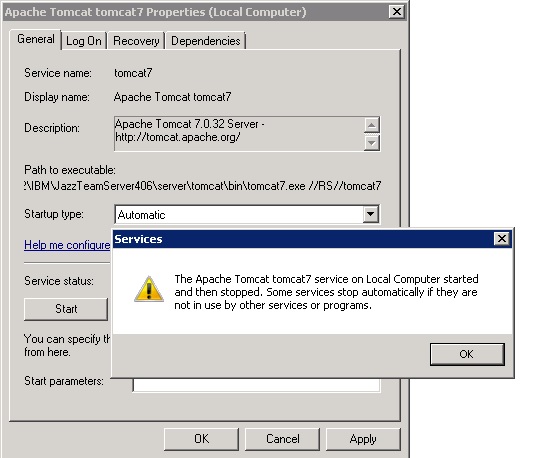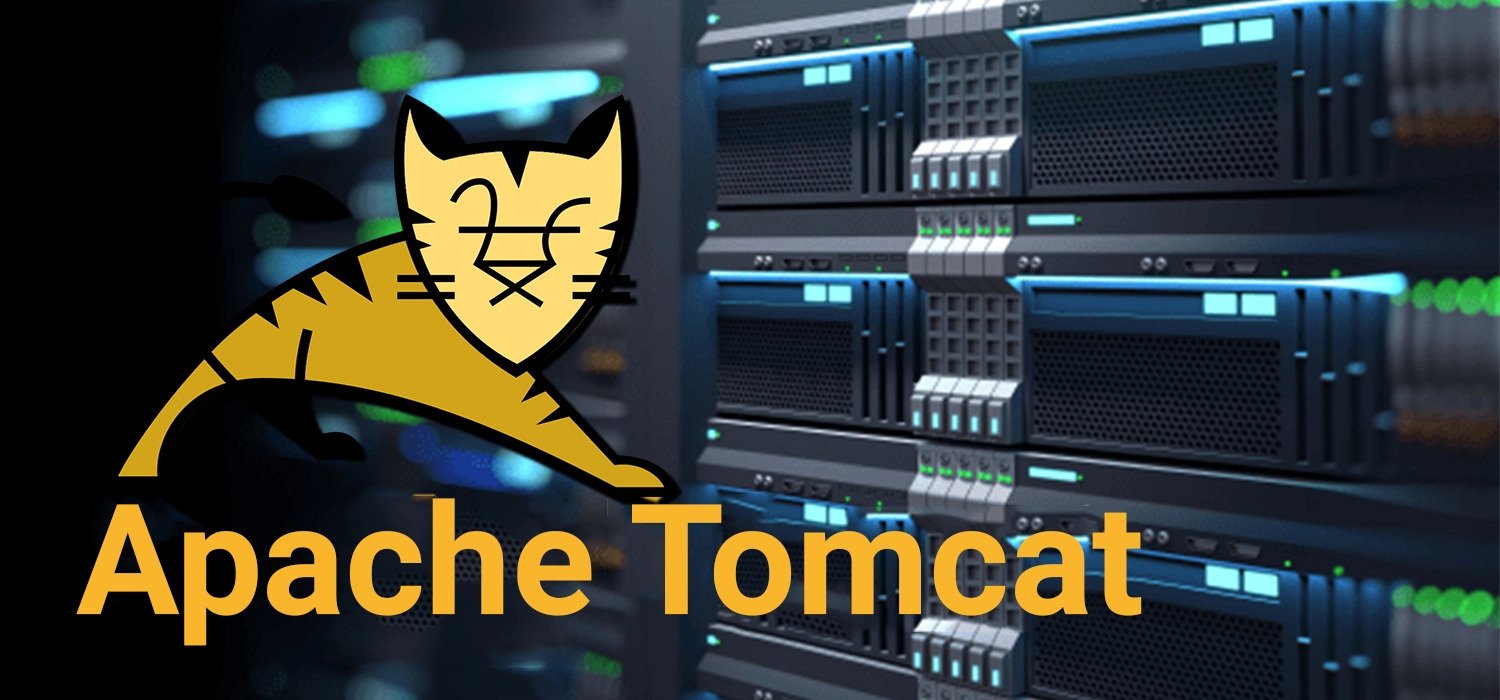

So it’s safe to assume that the cause of the problem has something to do with the authentication credentials. While the problem may be happening within your browser, however, it doesn’t necessarily always mean that’s the culprit, which we’ll explain in more detail later.Ĥ01 errors occur on restricted resources, such as password-protected pages of your WordPress site.
Apache tomcat error 400 code#
If you encounter an error code in the 400s, you know you’re dealing with a client-side (or browser-side) issue. The HTTP 401 error is all too common 🤦♀️ - and this guide will give you everything you need to fix it the next time you see that message showing up ✅ Click to Tweet What Causes a 401 Error? The code is sent via the WWW-Authenticate header, which is responsible for identifying the authentication method used for granting access to a web page or resource. However, unlike with the 403 error, the 401 error message indicates that the authentication process failed. This is similar to HTTP 403 Forbidden Error, in that access isn’t permitted to the user. In most cases, it means that something is either wrong with the credentials or with the browser’s ability to read them as valid. These errors occur on websites that require a login in order to access them. It will include the phrase “HTTP Error 401” at the bottom, and instruct you to contact the site’s owner if the problem persists: The 401 Error in ChromeĪt other times and in other browsers, you might get a slightly less friendly warning that’s just a blank page with a “401 Authorization Required” message: Nginx 401 Authorization Required error message 401 errors can happen within any browser so the message appearing may differ.įor example, in Chrome or Edge, you’ll likely see a paper icon along with a simple message telling you that the page in question isn’t working. A 401 error, in particular, happens when your browser denies you access to the page you’re trying to visit.Īs a result, instead of loading the web page, the browser will load an error message. HTTP 400 status codes are encountered when there is a problem making a request. The server generating a 401 response MUST send a WWW-Authenticate header field containing at least one challenge applicable to the target resource. The 401 (Unauthorized) status code indicates that the request has not been applied because it lacks valid authentication credentials for the target resource. Can there be that the zoom API is considering this as a spamming and as a security behaving like this or you believe this could be something at my end.The Internet Engineering Task Force (IETF) defines the error 401 Unauthorized as: There is no change the way headers and request are passed for successful and failed calls. threads.TaskThread$n(TaskThread.java:61)

net.NioEndpoint$SocketProcessor.doRun(NioEndpoint.java:1498) $ConnectionHandler.process(AbstractProtocol.java:806)

11.Http11InputBuffer.parseHeader(Http11InputBuffer.java:867)

11.Http11InputBuffer.fill(Http11InputBuffer.java:720) HTTP Status 400 – Bad Requesth1 HTTP Status 400 – Bad Requestĭescription The server cannot or will not process the request due to something that is perceived to be a client error (e.g., malformed request syntax, invalid request message framing, or deceptive request routing).Įxception : Request header is too large Label: Fetch JsonRoot, Name: JsonRootFetch, Message: HttpResponse StatusCode was 400. Receiving “400 Request Header Or Cookie Too Large” after few hundred successful calls. The calls are working fine until few hundred users but starts failing after that. For the purpose I need to make multiple calls as part of the same. I am trying to gather stats for all the users in our account.


 0 kommentar(er)
0 kommentar(er)
